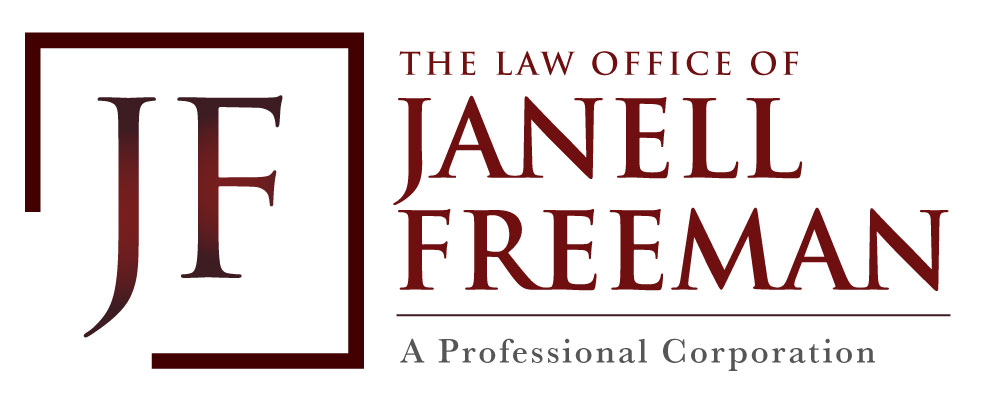Consular processing may be the best option for applicants who want to immigrate to the United States and have no other way to enter the United States legally.
The consular process is also an excellent option for individuals who will need to travel frequently outside the United States whether it is for business, work, or other reasons. Oftentimes, applicants for Adjustment of Status find themselves stuck in the United States and unable to meet their travel needs. One of the disadvantages of Adjustment of Status is that once the application has been filed, the applicant will not be able to travel outside the United States while the application is being processed unless they have applied in advance for a conditional travel permit.
Although Adjustment of Status can be less complicated, many people prefer to apply for a green card through consular processing.
If you have additional questions regarding consular processing, contact the Law Offices of Janell Freeman today. You only have one opportunity for first-time approval! Therefore, it is recommended that you consult with an experienced immigration attorney.




